Refrigerant systems and their energy performance презентация
Содержание
- 2. What is efficiency What is efficiency Efficiency is the relation between
- 3. Definition of efficiency COP Definition of efficiency COP In the HVAC
- 4. Conversion factor US units Conversion factor US units conversion
- 5. Definition of efficiency - EER Definition of efficiency - EER In
- 6. Measuring of efficiency - EER Measuring of efficiency - EER The
- 7. Part Load Efficiency ESEER Part Load Efficiency ESEER EER is only
- 8. Definition ESEER Definition ESEER ESEER is basically the summarizing of the
- 9. Definition IPLV Definition IPLV The IPLV stands for Integrated Part Load
- 10. Simple Methods of Measuring COP Simple Methods of Measuring COP A
- 11. Measuring Pressure on Low and High Side Measuring Pressure on Low
- 12. Gaining the evaporating temperature Gaining the evaporating temperature 2rd step: from
- 13. Gaining the Condensing Temperature Gaining the Condensing Temperature 3rd step: from
- 14. Calculation of COP Calculation of COP 4th step: calculation of COP
- 15. Measuring and monitoring entire systems Measuring and monitoring entire systems On
- 16. Monitoring Devices Monitoring Devices Usually most of the devices are electricity
- 17. International Systematical Energy Management Standard International Systematical Energy Management Standard ISO
- 18. What influences the efficiency of refrigeration systems What influences the
- 19. What influence has the evaporator What influence has the evaporator
- 20. What influence has the condenser What influence has the condenser
- 21. What influence has pressure drop What influence has pressure drop
- 22. What influence has variable flow What influence has variable flow
- 23. What influence has maintenance What influence has maintenance And
- 24. Example best practice Example best practice An industrial plant
- 25. Example best practice Example best practice before design change
- 26. Example best practice Example best practice After design change
- 27. Example best practice Example best practice After modification of:
- 28. Some benchmark of good COP Some benchmark of good COP The
- 29. Some benchmark of good COPs Some benchmark of good COPs Here
- 30. Thank you for your attention Thank you for your attention
- 31. Скачать презентацию





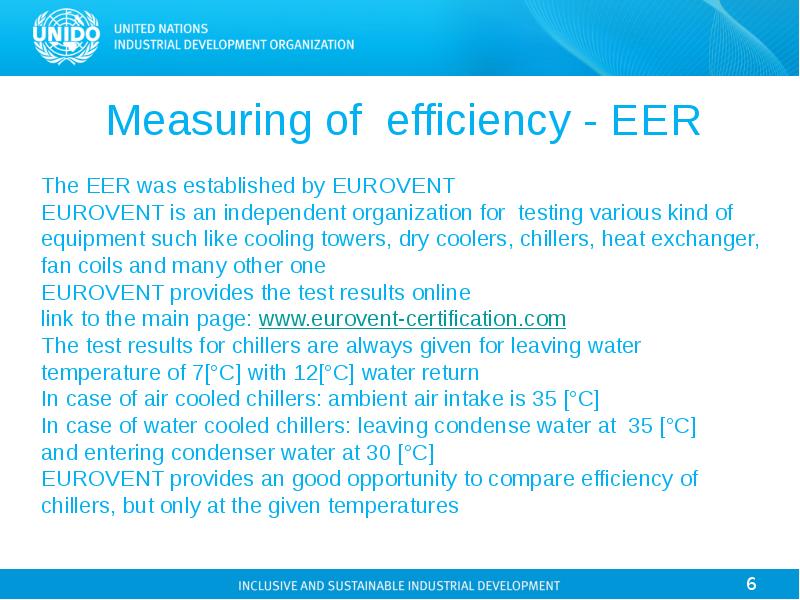



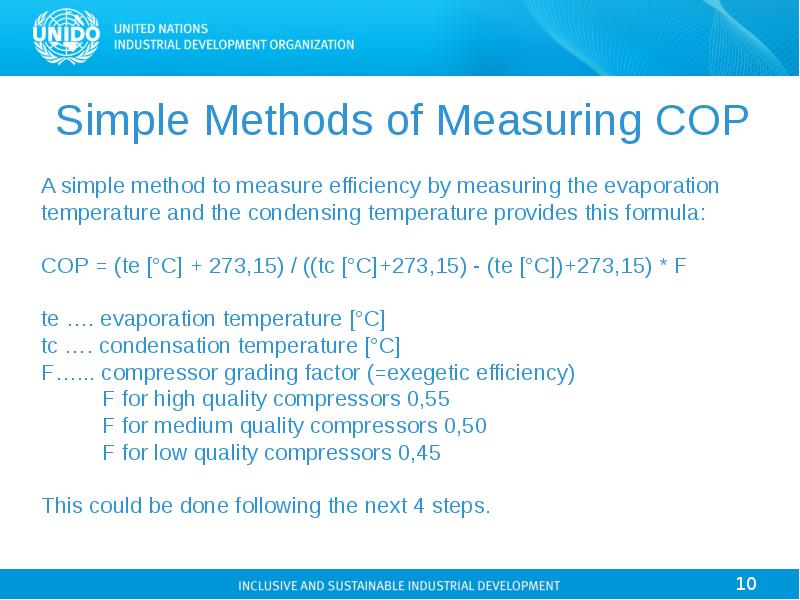

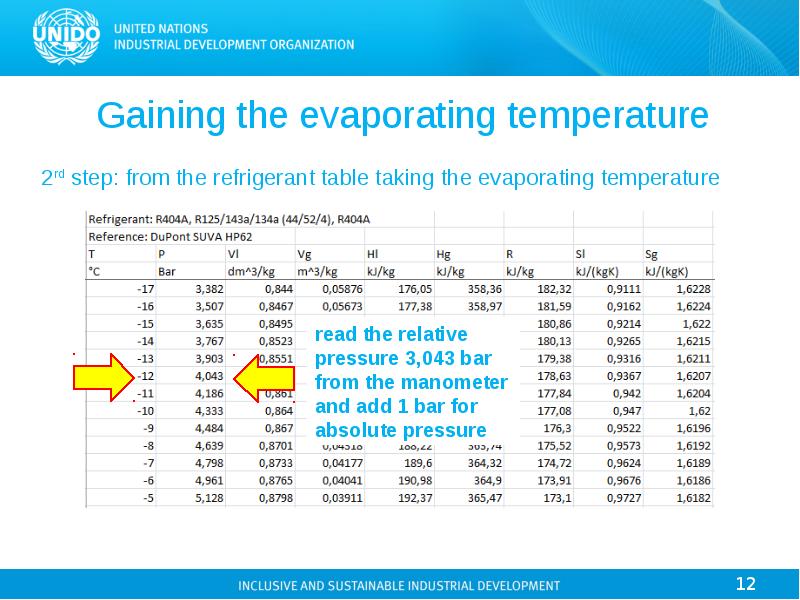
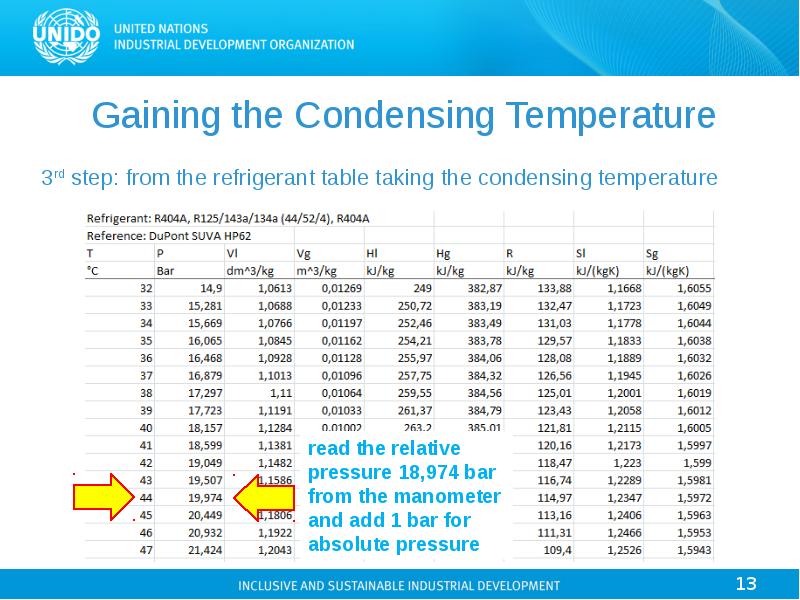
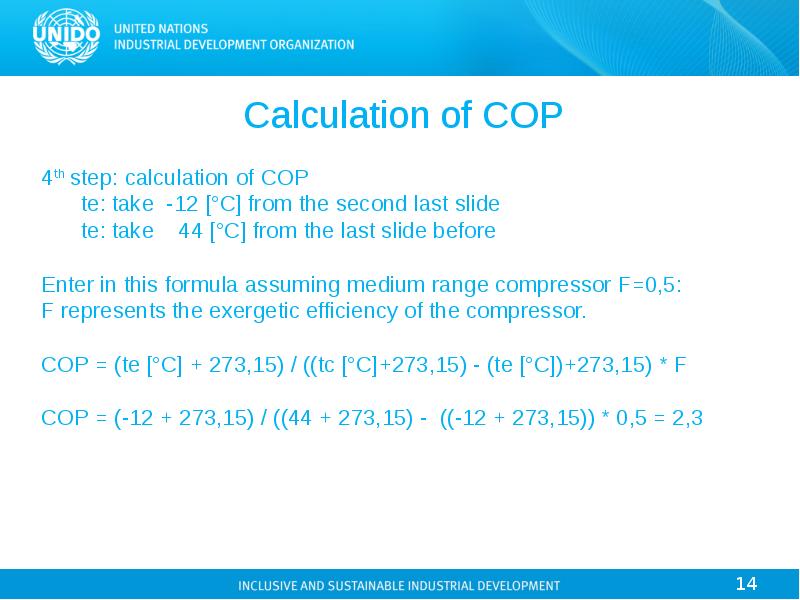
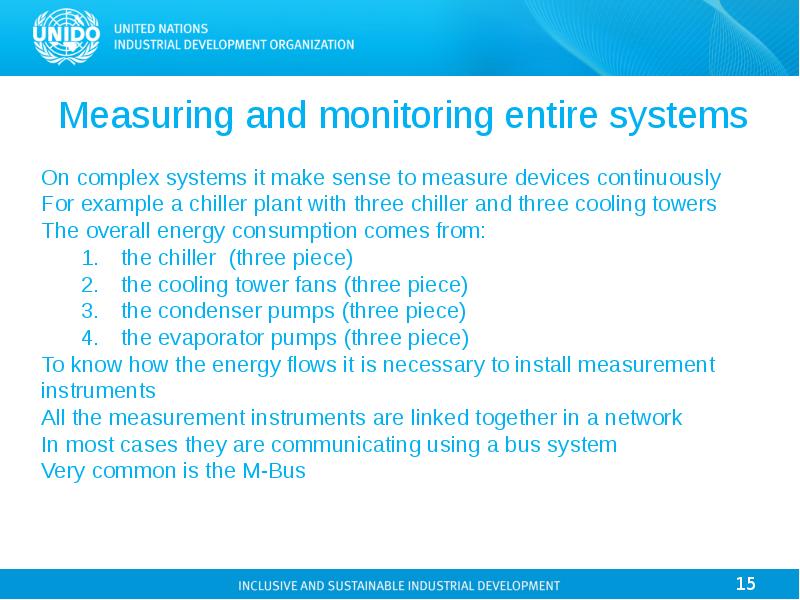


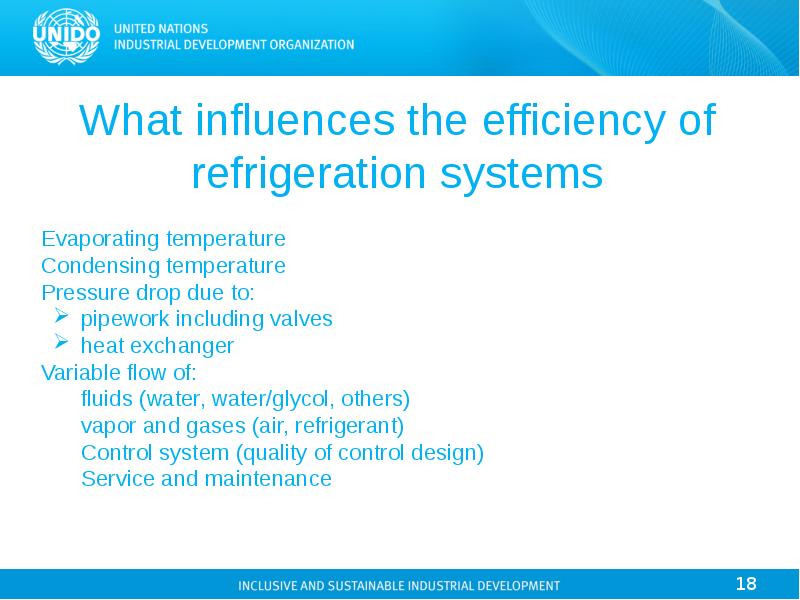
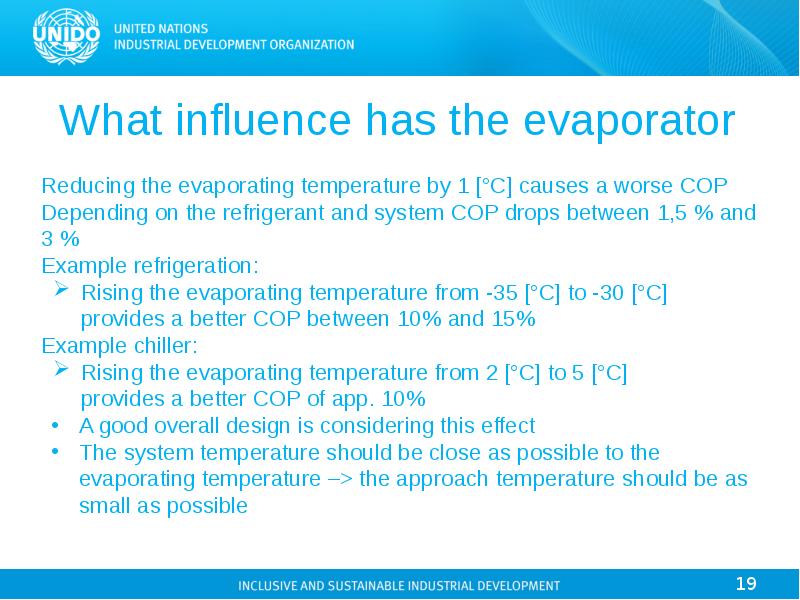
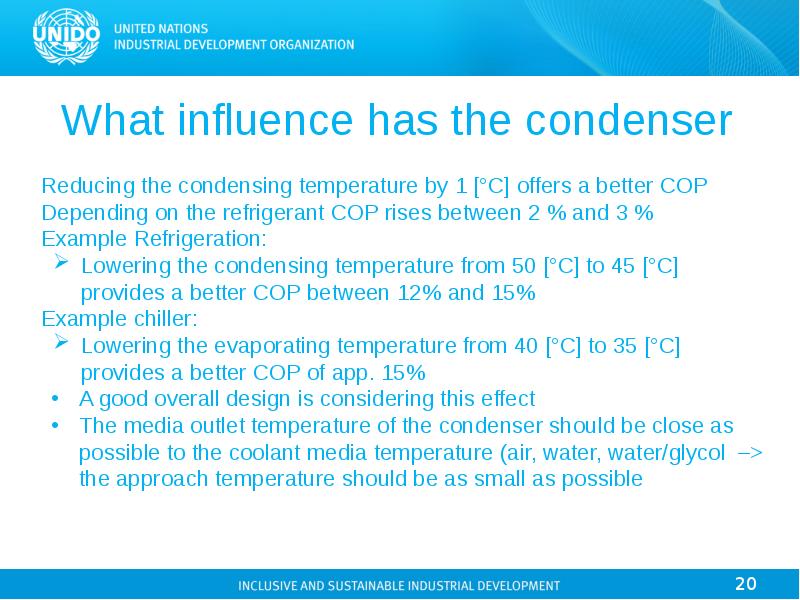

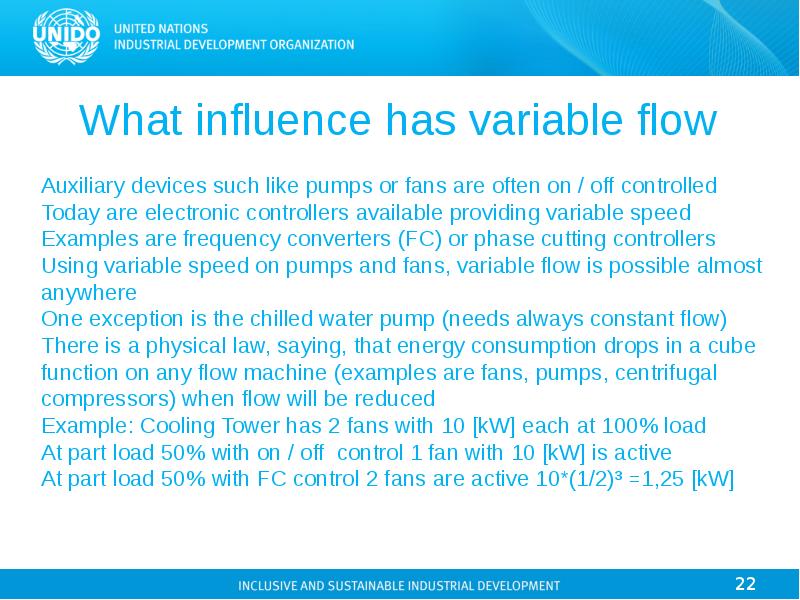


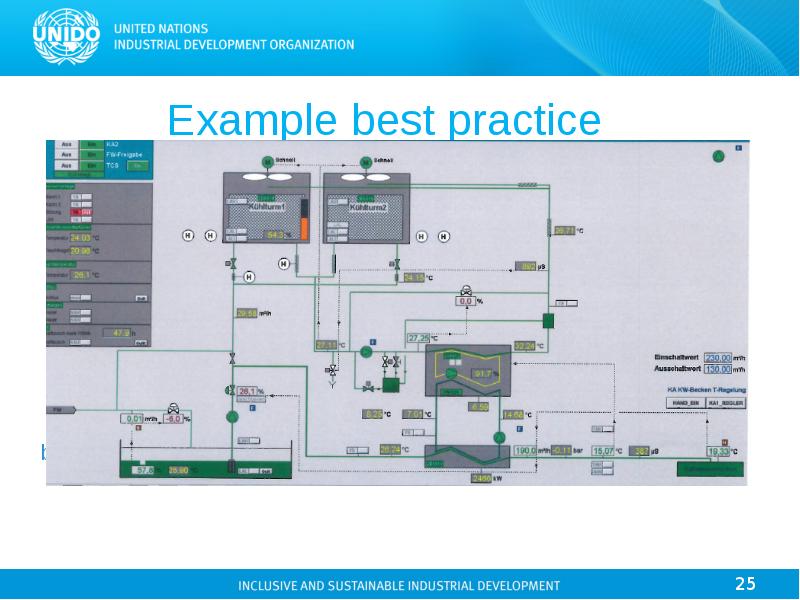
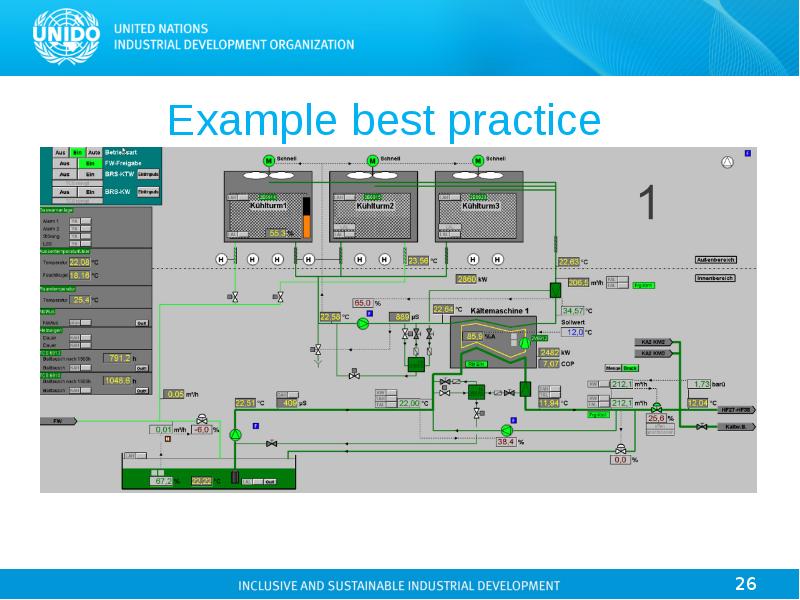
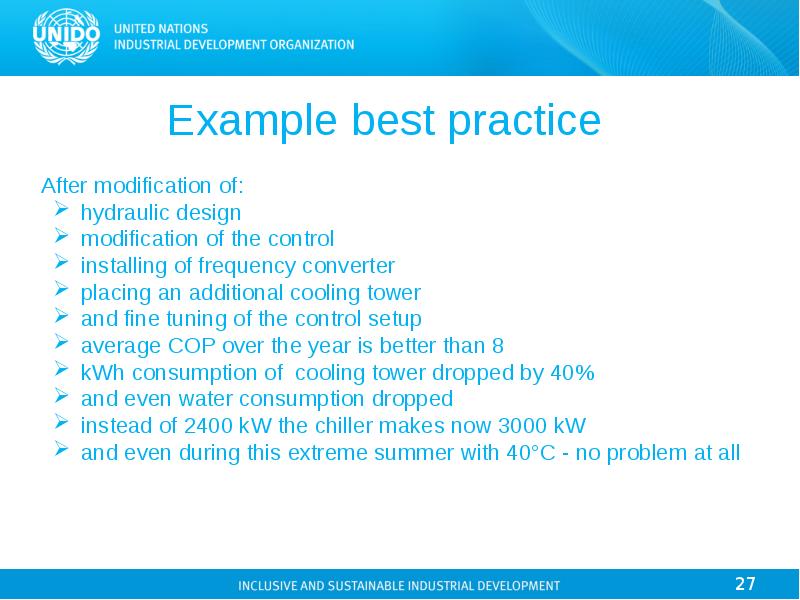
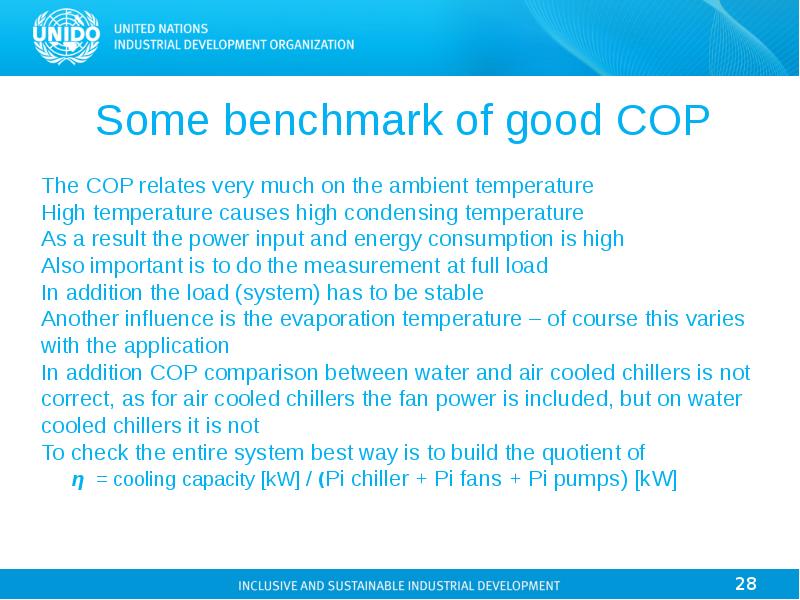

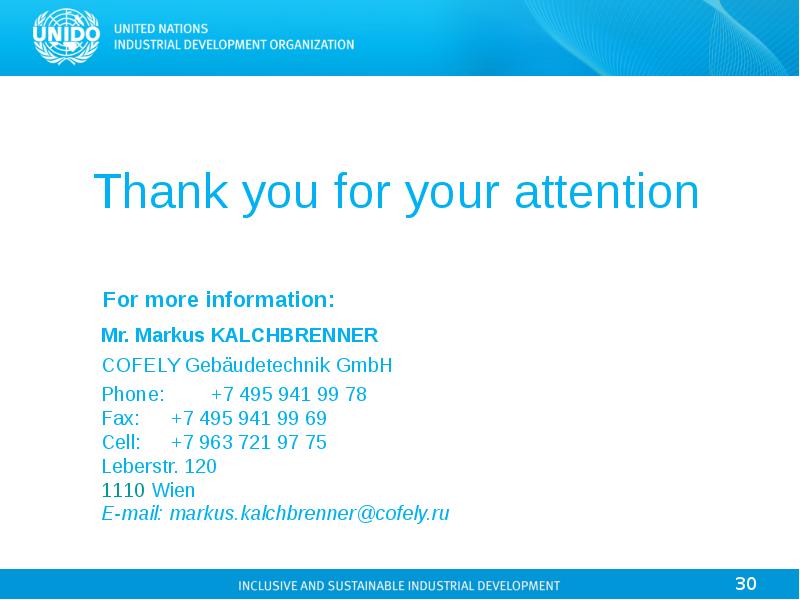
Слайды и текст этой презентации
Скачать презентацию на тему Refrigerant systems and their energy performance можно ниже:
Похожие презентации





























